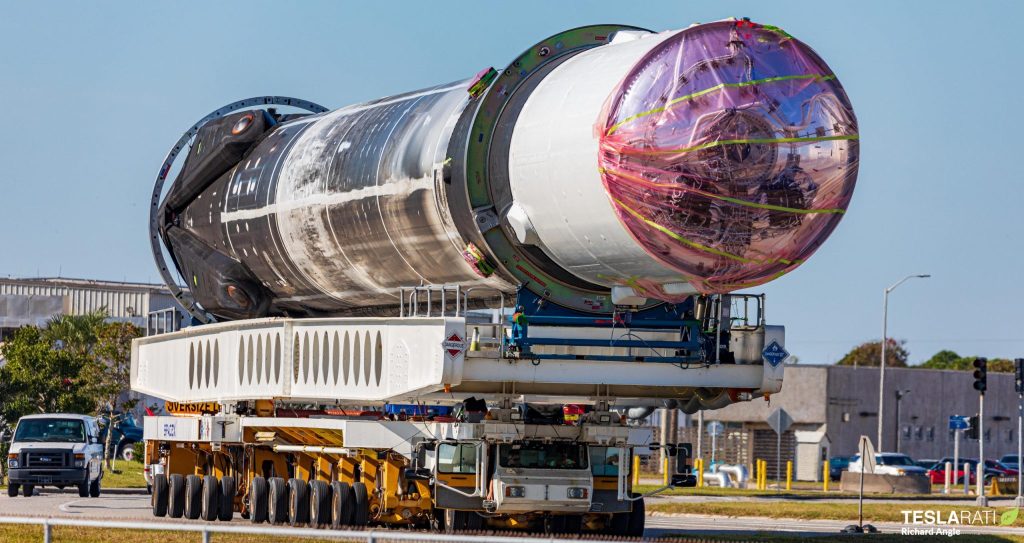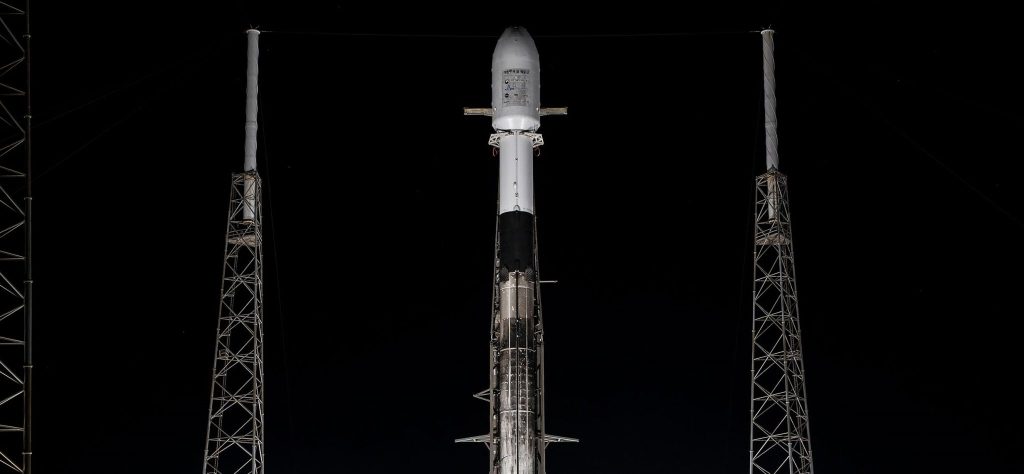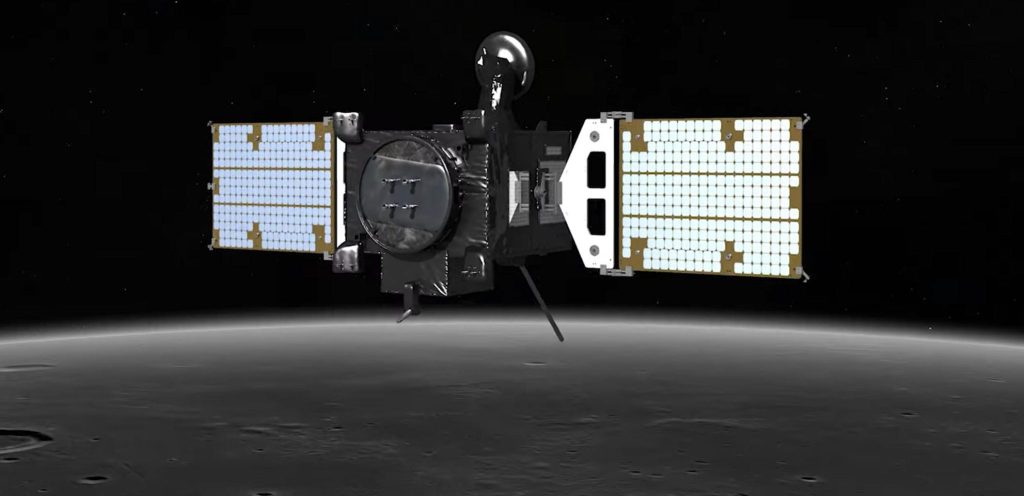No earlier than (NET) 7:08 pm EDT (23:08 UTC), August 4th, a flight-proven Falcon 9 rocket is scheduled to lift off from SpaceX’s Cape Canaveral Space Force Station LC-40 pad as part of the company’s 34th launch of 2022.
Carrying the Korean Pathfinder Lunar Orbiter (KPLO) spacecraft, the mission will be SpaceX’s first direct launch to the Moon and could also make South Korea one of just a handful of countries that have successfully entered orbit around a planetary body other than Earth.
SpaceX has assigned former Falcon Heavy booster B1052 to its first Moon launch. After debuting in April 2019 and supporting another Falcon Heavy launch in June, the former ‘side booster’ sat dormant for almost 1000 days as virtually every payload contracted to launch on the most powerful operational rocket ran into months or even years of delays. Eventually, SpaceX gave up waiting and converted the vehicle into a Falcon 9 booster, and Falcon 9 B1052 debuted on January 31st, 2022. KPLO will be its sixth launch overall and fourth mission as a Falcon 9.


Technically, KPLO won’t be the first payload SpaceX has helped launch to the Moon. That distinction is held by Israel’s Beresheet Moon lander, which launched as a rideshare payload on an otherwise ordinary Falcon 9 geostationary communications satellite mission in 2019. The spacecraft’s landing was unsuccessful but it did enter a stable orbit around the Moon before things went wrong.
Instead of launching the satellite as a rideshare payload to an Earth orbit, KPLO (also known as Danuri) will be the only spacecraft aboard Falcon 9, and the SpaceX rocket will directly send the orbiter on a type of trans-lunar injection (TLI) trajectory known as a Ballistic Lunar Transfer. A BLT is much slower than some alternative TLI trajectories, but it trades speed for exceptional efficiency, making the launch easier for Falcon 9 and ultimately giving the orbiter more useful time around the Moon by requiring less propellant to enter orbit.
If all goes to plan, KPLO – weighing about 678 kilograms (~1500 lb) at liftoff – will complete several trajectory correction burns and eventually enter orbit around the Moon in mid-December. Outfitted with several cameras, a networking experiment, and a few scientific instruments, the spacecraft’s main purpose is to scout for a flat, debris-free area for a future Korean Moon lander.

That unnamed follow-on mission will be even more domestic, as South Korea intends to launch it with its own Nuri rocket. After falling just shy of success during its first orbital launch attempt in October 2021, Nuri successfully reached orbit during its second launch attempt in June 2022.
KPLO is one of up to six launches planned around the world on August 4th, including two Chinese missions, a ULA launch on the US East Coast, a Rocket Lab mission out of New Zealand, and Blue Origin’s latest suborbital tourist launch. Barring delays, KPLO will be the last launch of the day. SpaceX’s official webcast will likely begin around 6:55 pm EDT (22:50 UTC).





